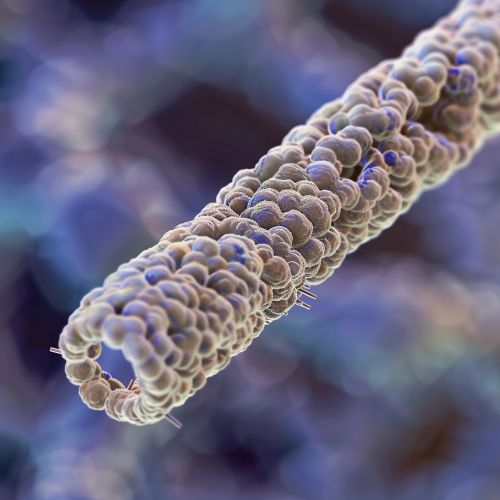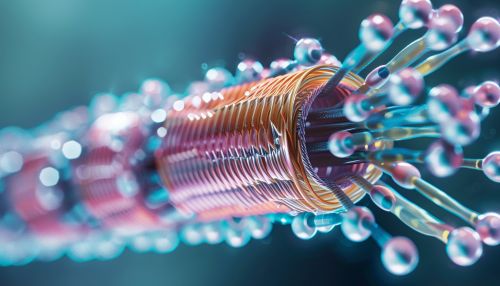Centrioles
Structure and Formation
Centrioles are cylindrical structures that are composed of nine triplet microtubules. They are found in most eukaryotic cells, except for higher plants and most fungi. Centrioles play a crucial role in the organization of the microtubule network during cell division and in the formation of cilia and flagella.


Centrioles are typically found in pairs, arranged at right angles to each other. Each centriole is approximately 500 nanometers in length and 200 nanometers in diameter. The nine microtubule triplets that make up the structure of a centriole are arranged in a circular pattern, forming the characteristic cylindrical shape.
The formation of centrioles, known as centriole biogenesis, is a tightly regulated process that occurs during the cell cycle. The process begins with the formation of a procentriole, a small structure that forms near an existing centriole. The procentriole then elongates and matures into a full-sized centriole. This process is regulated by a number of proteins, including Polo-like kinase 4 (Plk4) and Spindle assembly abnormal protein 6 (Sas-6).
Function
Centrioles play a crucial role in cell division, specifically during mitosis and meiosis. During these processes, the centrioles move to opposite ends of the cell and help to organize the microtubule network that forms the mitotic spindle. The spindle is responsible for separating the chromosomes and ensuring that each daughter cell receives an equal set of chromosomes.
In addition to their role in cell division, centrioles are also involved in the formation of cilia and flagella. These are hair-like structures that protrude from the cell surface and are involved in cell movement and the transport of materials across the cell surface. The centrioles form the base of these structures, known as the basal body.
Clinical Significance
Abnormalities in centriole structure or function can lead to a variety of diseases and disorders. For example, mutations in genes that regulate centriole biogenesis can lead to microcephaly, a condition characterized by a smaller than normal head size. This is due to defects in cell division during brain development.
Centriole abnormalities can also lead to ciliopathies, a group of diseases that are caused by defects in cilia. These include polycystic kidney disease, Bardet-Biedl syndrome, and primary ciliary dyskinesia.
